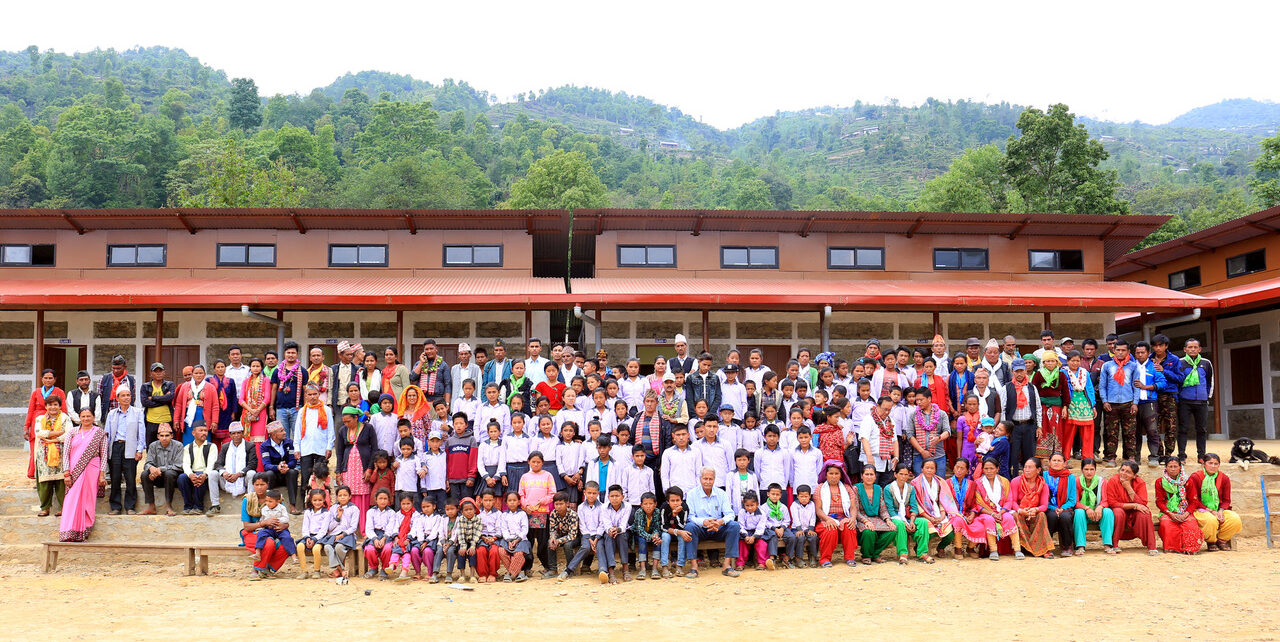2000 – 2020
Saipu School
The construction of the Saipu Sahid Smriti school, in the Ramechhap district, was the first project undertaken by Kam For Sud and marked the beginning of a fruitful partnership with the Saipu community that has lasted twenty years.
From the earliest stages of planning, the main objective has been to ensure access to schooling for all children in Saipu, particularly girls and pupils belonging to the lowest castes. A key aspect was the active participation of local people in all stages of the project: from planning to the practical work of building and then running the school.
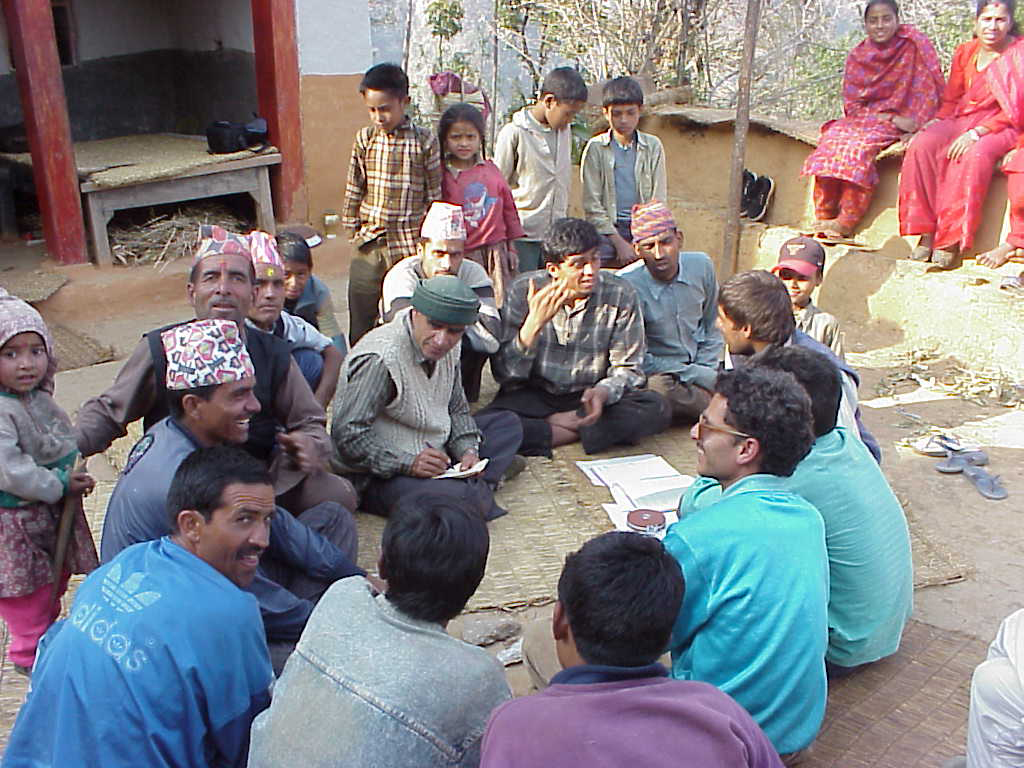
With the exception of a few bags of cement and very few other products, the school was built with local materials (stone and wood) and through the labor of many Saipu men. In this way, almost all of the expenditure was invested in the village itself, allowing many migrant worker families to stay together for an entire year. The locally invested capital also enabled the development of a certain level of village micro-economy.
The construction of toilets with running water served the dual purpose of making toilets available to the students and proposing a model for the construction of similar facilities in the village.
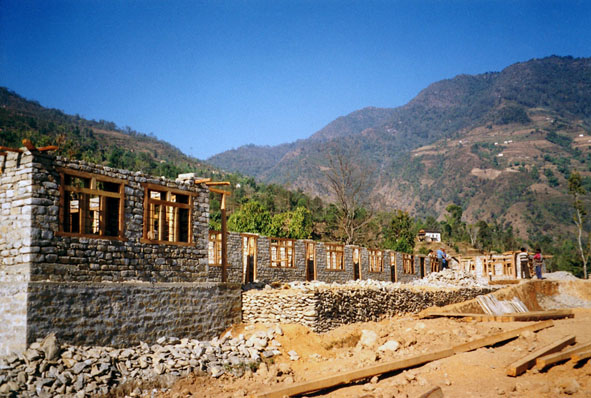
In April 2000 the new school in Saipu was inaugurated: spacious, bright and equipped with toilets with running water. A small library with books in Nepali and English is available to pupils, while a large meeting hall, as well as the forecourt in front of the school, are used for community meetings and activities. The school accommodates three hundred children and offers a schooling program up to 10th grade; at least half of the children are girls. Progressively, the responsibility for the teachers’ salaries was transferred to the Nepalese government.
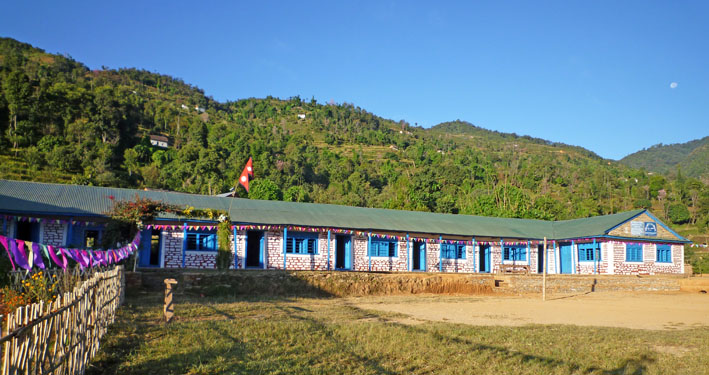
Didactic support for the teachers
Kam For Sud later promoted a didactic program to try to improve the quality of teaching, which was traditionally based on choral repetition rather than real comprehension or autonomous search for solutions by learners. From Math to languages, from Science to History, everything was simply recited in chorus, learning to react automatically to certain questions.
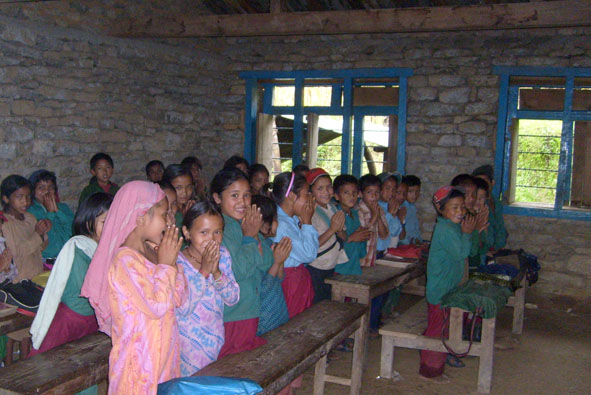
The objective of the didactic program was to propose modern teaching methods and awaken new potentials in the dynamics of knowledge transmission at school. The program was carried out by several Swiss teachers, volunteers and civilists, who stayed six months each in Saipu between 2009 and 2014.
The 2015 earthquake damaged the school, which was rebuilt as part of the village reconstruction project along with other public structures and the nearly nine hundred houses in the Saipu village.
